Bosnia / Rep. Srpska year 2004 – Christianity / Icons, Religion full set
Christianity, as one of the world’s major religions, has a rich tradition of religious icons. Here’s an overview of Christianity’s use of icons and their significance within the religion:
1. Definition of Icons: In Christianity, an icon is a sacred image, typically depicting Jesus Christ, the Virgin Mary, saints, angels, or biblical scenes. These images are not merely decorative but are considered to be windows into the divine realm, serving as aids to devotion and contemplation.
2. Significance: Icons hold a central place in Orthodox Christianity, but they are also present in other Christian denominations, albeit to varying degrees. They are believed to be channels of divine grace and vehicles for spiritual connection with the heavenly realm. Through icons, believers seek to deepen their relationship with God and the saints depicted.
3. Role in Worship: Icons play a prominent role in Christian worship, particularly in Orthodox traditions. They adorn churches, chapels, and home altars, serving as focal points for prayer and veneration. Believers often kiss or bow before icons as acts of reverence and devotion.
4. Theology of Icons: The veneration of icons is grounded in theological concepts such as the Incarnation (the belief that God became human in the person of Jesus Christ) and the Communion of Saints (the belief in the spiritual unity of all believers, both living and deceased). Icons are seen as tangible expressions of the divine presence in the material world and as reminders of the communion between heaven and earth.
5. Iconography: Christian iconography follows established conventions and symbolism. For example, Jesus Christ is often depicted with specific gestures, facial expressions, and attributes (such as the halo or cross). Similarly, saints are portrayed according to traditional iconographic motifs that convey their identity, attributes, and virtues.
6. Controversies: The use of icons has sometimes been controversial within Christianity. Iconoclasm, the opposition to the veneration of religious images, has periodically arisen in various Christian communities. One of the most notable periods of iconoclasm occurred during the Byzantine Empire in the 8th and 9th centuries, leading to theological debates and conflicts within the Church.
7. Artistic Expression: Icons have inspired a rich tradition of Christian art, encompassing various styles and cultural influences throughout history. Iconographers, skilled artists trained in the sacred art of iconography, create new icons using traditional techniques and materials, often following established guidelines and canons.
In summary, icons are essential elements of Christian spirituality, serving as sacred images that facilitate prayer, meditation, and the cultivation of religious devotion. They embody theological truths, foster a sense of connection with the divine, and enrich the religious experience of believers across denominational boundaries.

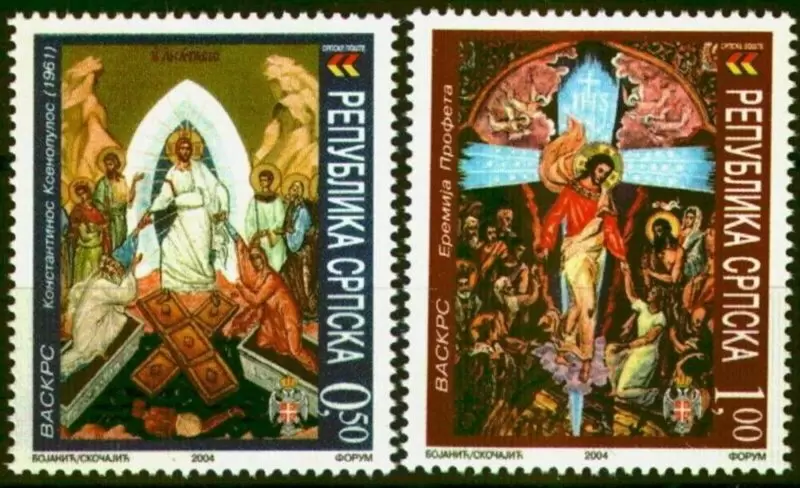


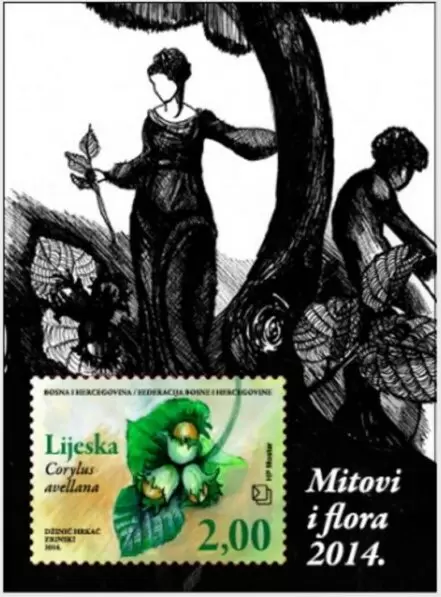
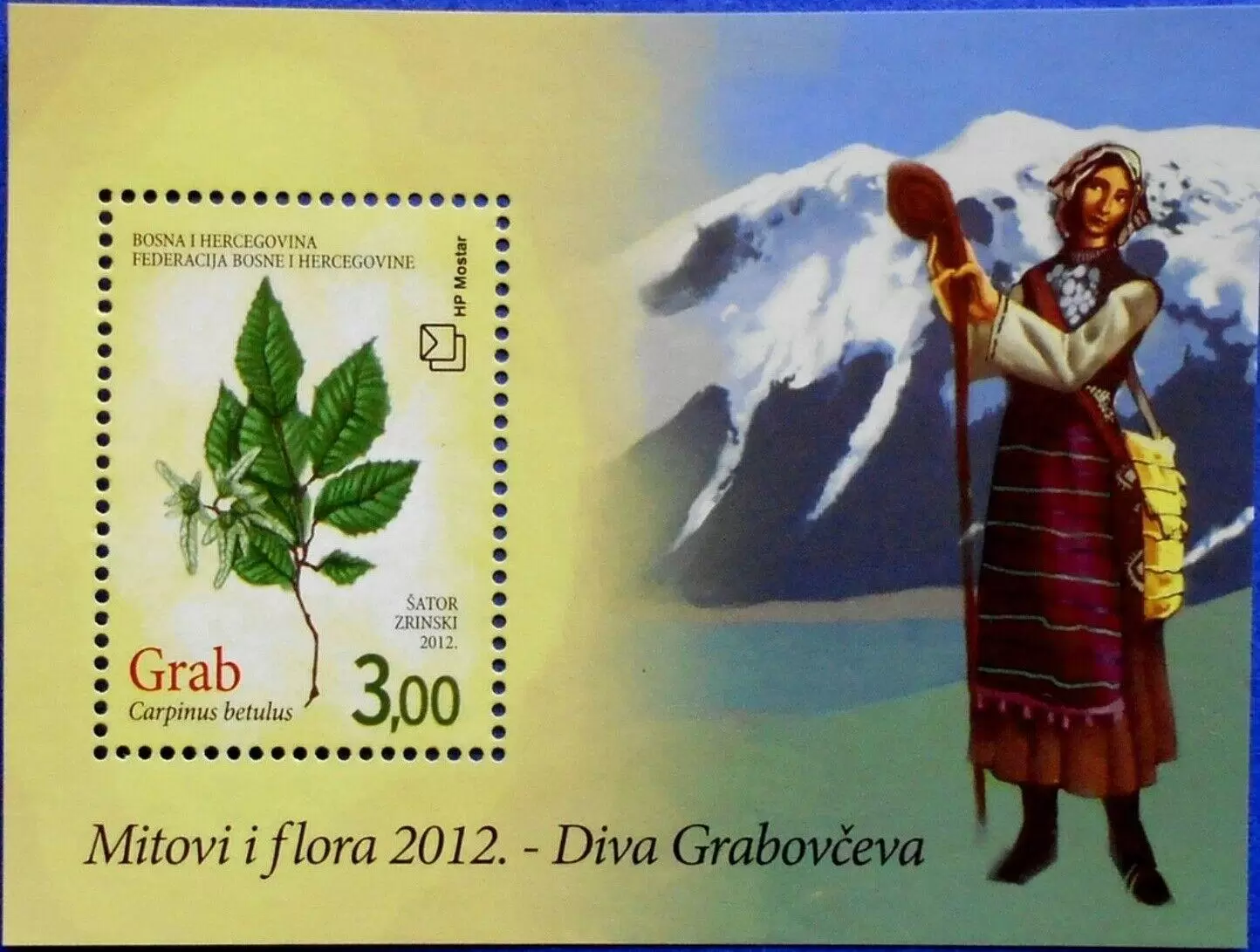
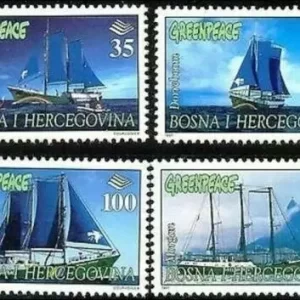

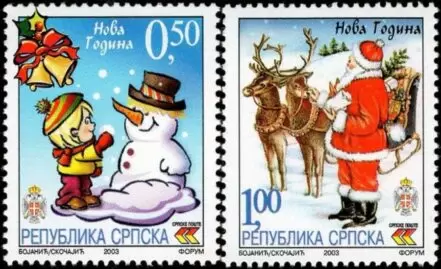
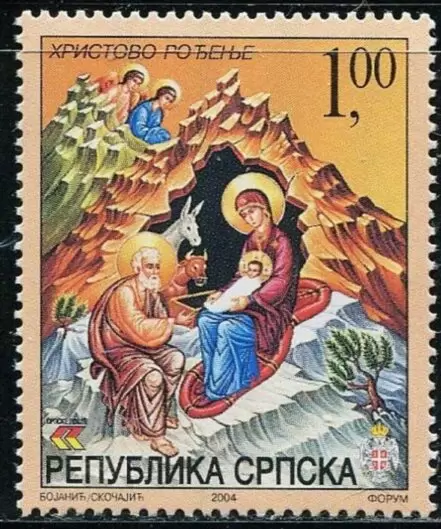
Reviews
There are no reviews yet.